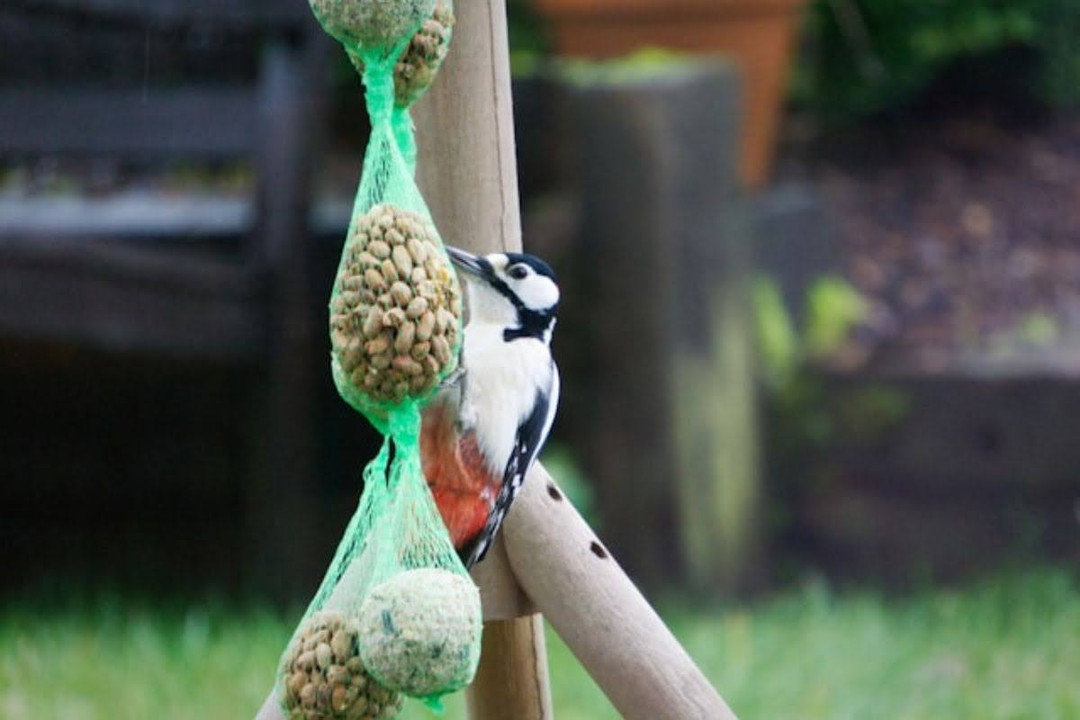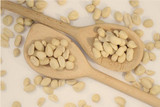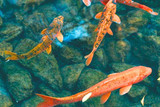8 Easy Ways to Attract Woodpeckers to Your Garden
Woodpeckers are among the most interesting birds known for their drumming sound and bright colours. Many of us have heard their sound while enjoying a day in the garden or a family picnic in the woods. Besides being fun to watch, do you know they are great ecosystem players and natural pest controllers? Not only these, but woodpeckers also bring many other perks for maintaining a garden’s natural appeal, and that’s why people love having them in backyards or gardens.
If you also want to attract woodpeckers to your garden, you need to put some effort into establishing a welcoming habitat for them. Let’s have a better understanding of woodpeckers and learn some easy ways to attract them.
About Woodpeckers
Over 200 species of woodpeckers are known worldwide! They belong to the bird family Picidae, which includes flickers, triphonas, and Melanerpes. Woodpeckers can be found in forests, woodlands, grasslands, deserts, and even gardens. Their strong beaks and sharp claws help them excavate cavities in trees for nesting and feeding.
These holes are often reused in subsequent years by other cavity-nesting birds. Woodpeckers lay eggs (usually 2-8 eggs, depending on the species), and both parents participate in incubating the eggs and feeding the chicks.
From this, it's a bit clear why providing woodpeckers a welcoming habitat is important if you want them in your garden space. For rest deep knowledge, read the next section!
8 Ways That Help You Attract Woodpeckers
Get over the confusion of how to attract woodpeckers to your garden. Just by following the tips below, you can attract a broader range of woodpeckers to your garden.
Note: Before starting, ensure your space is bird-safe by keeping your pet away from that area.
1. Install Bird Feeders
Keeping a hanging feeder stocked with suet cakes, sunflower seeds, peanuts, and mealworms can entice woodpeckers to visit your garden frequently. Suet feeders attract woodpeckers to garden with high-energy food, while platform feeders accommodate their feeding habits. Offering various food options in well-placed feeders can significantly increase woodpecker activity in your outdoor space.
2. Place A Clean Bird Bath
For woodpeckers to stay healthy and hydrated, you must provide them with a clean and shallow bird bath. They need water for drinking and bathing, especially during hot weather or dry spells. Consider adding a water feature with a drip or misting system to mimic natural sources, attracting woodpeckers to the garden.
3. Grow Native Trees & Plants
Woodpeckers are attracted to native trees and plants like oak, pine, serviceberries, elderberries and beech because they harbour insects like beetles and ants, a staple in their diet. These trees also provide nuts and seeds that woodpeckers enjoy, especially during seasons when insect populations may be lower. Ensuring a continuous supply of natural food can create a suitable environment that encourages woodpeckers to visit and stay in your garden.
4. Create A Natural Habitat
Installing birdhouses designed for woodpeckers can provide additional nesting opportunities, especially for smaller woodpecker species. Place the birdhouses in quiet and sheltered areas, ensuring they are at appropriate heights and orientations for woodpeckers to access comfortably. These nesting sites encourage woodpeckers to stay and raise their young in your garden.
5. Say No To Pesticides, Go Organic
Avoiding pesticides and opting for organic gardening practices helps maintain a healthy ecosystem for woodpeckers and other beneficial birds. Pesticides can harm insect populations that woodpeckers rely on for food, disrupting their natural food chains. Adopting methods such as companion planting, soil health management, and natural pest control alternatives supports a balanced garden ecosystem conducive to woodpecker presence and well-being.
6. Maintain Dead Trees or Snags
Keep dead trees in your yard or create artificial snags by leaving tall dead branches in place. Woodpeckers use these structures for foraging, drumming, and nesting, making them valuable features for attracting and supporting woodpecker populations.
7. Creating Drumming Surfaces in Your Garden
Consider strategically placing hollow logs or tall wooden pots to invite woodpeckers into your garden. Mimicking the resonant sound of drumming that woodpeckers create naturally, these structures attract curious woodpeckers searching for suitable nesting or foraging spots. The rhythmic drumming serves as an auditory element, drawing these fascinating birds to explore and make your garden their home.
8. Providing Nesting Materials
Enhance your garden's appeal to woodpeckers by offering nesting materials such as wood chips, dried grass, and feathers in designated areas. Woodpeckers utilise these materials to line their nesting cavities, creating cosy and secure spaces for their eggs. Especially the breeding pairs would be attracted to these essential nesting components.Importance of Having Woodpeckers In Your Garden
Having woodpeckers in your surroundings can offer numerous benefits to you and your garden. Here, we will highlight the top factors that make these birds your garden’s best companions, so have a sight!
1. Nature’s Insect Hunters
These birds are well-known as natural pest controllers, as they feed on a variety of insects such as beetles, etc. Woodpeckers naturally reduce the need for chemical-based pesticides by feeding on pest populations in trees and gardens.
2. More Healthy Tree Growth
Woodpeckers maintain tree health as they excavate cavities in trees, stimulating new growth and improving overall tree vitality. Moreover, by foraging for insects under the bark of trees, woodpeckers can help prevent the spread of harmful tree diseases and infestations.
3. Support Biodiversity
By attracting woodpeckers to your garden, you create habitat opportunities for other cavity-nesting species, such as chickadees, nuthatches, and small owls. Increased biodiversity promotes ecosystem stability and resilience.
4. Seed Dispersal
Some woodpecker species consume fruits and berries, aiding in seed dispersal across different areas of your garden. This helps in natural plant regeneration and contributes to the diversity of vegetation in your outdoor space.
While primarily insectivorous, woodpecker species such as red-breasted Sapsucker (Sphyrapicus ruber) consume nectar and pollen. It is an act that will indirectly contribute to pollination in your garden.
5. Year-round Interest
Woodpeckers are often active throughout the year, providing ongoing entertainment and interest for birdwatchers and garden enthusiasts regardless of the season.
How Does This Action Support Nature?
The Woodland Trust, a respected UK conservation charity, reports an 83% drop in breeding pairs of woodpeckers since the 1970s. This is likely due to habitat loss caused by deforestation, making it harder for these woodpeckers to find the necessary resources.
However, by cultivating woodpecker-friendly gardens, you play a crucial role in preserving these remarkable birds and securing their future. In turn, woodpeckers reciprocate by naturally maintaining our gardens and trees free from pests, expressing their unique gratitude.
Conclusion
Turning your garden into a cosy spot for woodpeckers is fun and helps nature, too! These lively birds add colour and sound to your outdoors while keeping pests in check. By following these easy steps, you are not just attracting woodpeckers—you are creating a happy home for them and your garden.
You can also know more about the woodpeckers in this detailed Woodpecker guide!
Explore Popular Articles
-
How Sunflower Seeds Can Improve Your Bird's Health
14th Jun 2024Birds are quite attracted towards sunflower seeds, but have you ever wondered about sunflower seeds&
-
The Ultimate Guide to Feeding Peanuts to Birds: Benefits and Considerations
16th May 2024Feeding Peanuts to birds is a common practice due to their high nutritious value. Being an excellent
-
Signs of Overfeeding Fish: How to Spot and Prevent it
7th May 2024Do you know that fish are more likely to die from overfeeding than starvation? One of the mos




